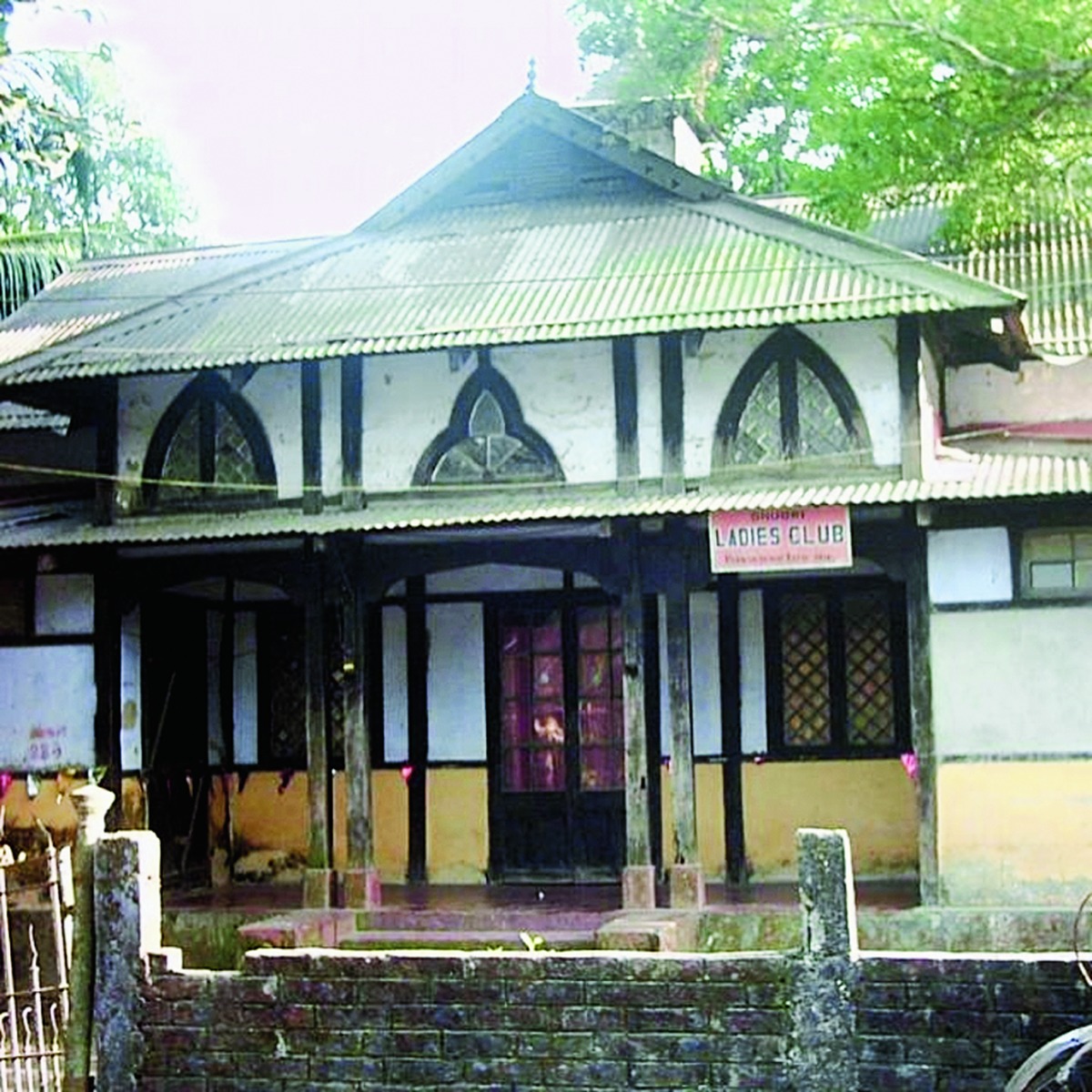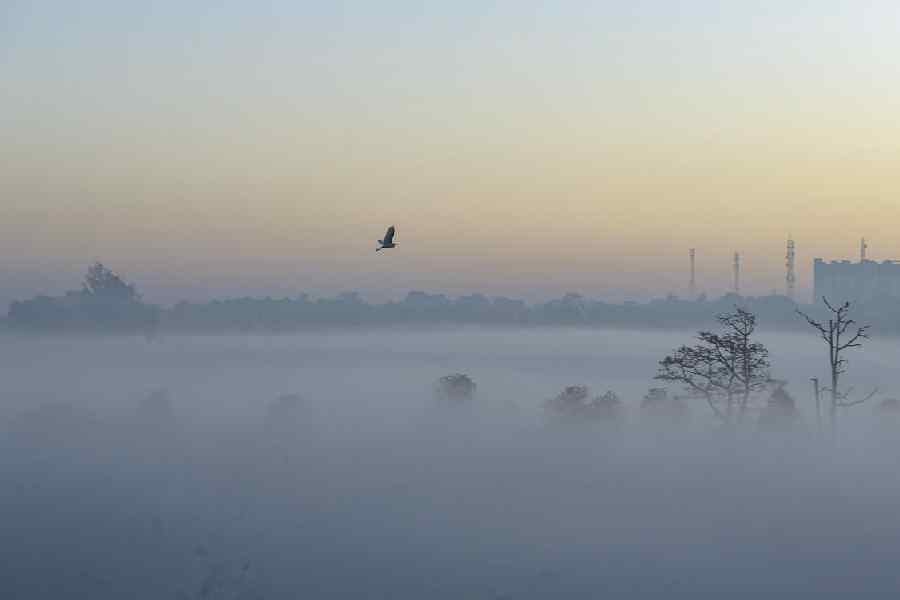
Guwahati: The rediscovery of what is believed to be an 'Armenian church' in Dhubri has reignited curiosity among heritage connoisseurs and local administration to find its roots and the extent of Armenian influence in lower Assam.
With its obscure past and unique architecture, the church has been a topic of mystery among elderly locals of Dhubri town, and how with its stature as a well-connected port Dhubri had drawn people of different origins from distant places, including Armenians.
The church's architecture is unique; a mix of Armenian style amalgamated with Assam-type house architecture. Compared to other British era structures it stands apart. It has three arch-shaped glass windows along with a central triangular shaped dome.
The Armenians arrived in India before the British. They had a considerable presence in Kerala and Bengal. In Calcutta, the Armenians contributed to the city's commerce as a thriving business community and helped build some of the most prominent landmarks.
Heritage Conservation Society of Assam (HeCSA), a registered society working towards the conservation and preservation of Assam's pre- colonial structures, recently shared a photo of the Armenian Church, sparking interest among heritage connoisseurs.
"The structure throws light on an intriguing chapter in Assam's history. Till now, it was only known that Armenians had a significant presence in Bengal during pre-colonial time. Assam's heritage is something we should study and help establish with fact-finding missions. It is important to know what influence they had in Dhubri district. The cold trail of their supposed presence should be reignited by research," said Jayanta Sharma, secretary of HeCSA.
Armenia, a former landlocked Soviet republic, became the world's first Christian country more than 1,700 years ago, in 301 AD, and has a large diaspora across the world.
The key to the mystery surrounding the church and the presence of Armenians in Dhubri lies with the surviving older generation which has witnessed some of the remnants of what the Armenians left behind.
Among them is octogenarian S.K. Bose, a writer and connoisseur of the region's socio-economic and cultural aspects. Bose was born in Dhubri and had witnessed some of the elaborate Armenian structures, including a graveyard. "There was a graveyard about 50 meters from the church. I vividly remember around 12 to 15 Armenian graves. Among them were two of children. This signifies that the Armenians had a significant presence. They were traders who could have arrived in Dhubri during the 18th century or early 19th century. But the graveyard is no longer there. Modern construction prevailed over it. Only old records could show the exact date," said Bose, who is into numismatics.
"The church has stained glass called sun-catcher, with a central triangular shaped dome at the top. This aspect cannot be found in other British structures. There is a greater need for preservation. But the local administration has shown interest. Last week there was a meeting in Dhubri on how to conserve this Armenian Church. But the onus was placed on establishing its legacy and finding evidence," said a source.
The British transformed the Armenian Church into a club which post-Independence came to be known as the Ladies' Club.











